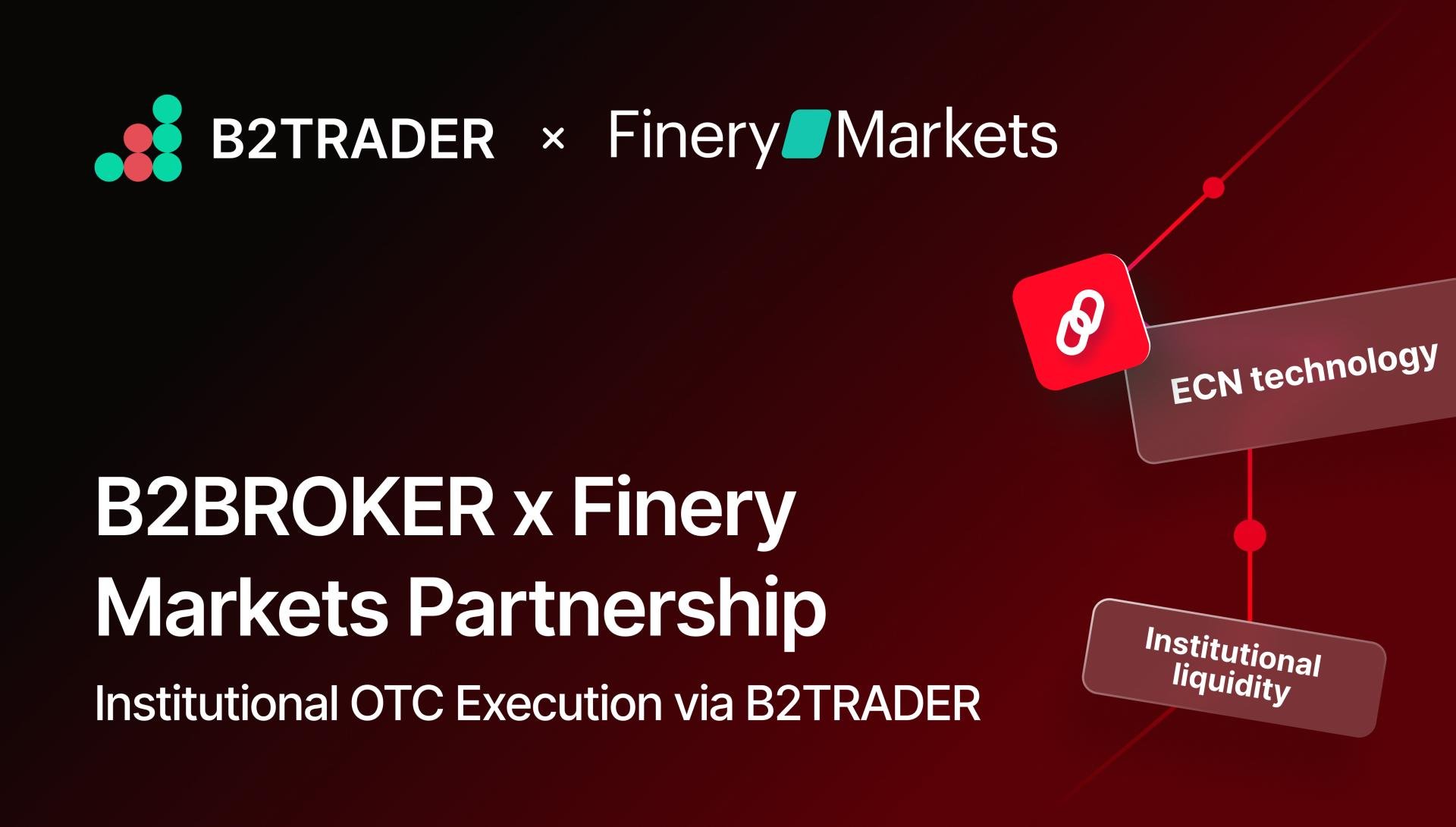Fed pressed to modernize systems as crypto and AI collide


The Fed is openly acknowledging that the future of money will not move without crypto in the room. Speaking Tuesday at the Payments Innovation Conference in Washington, Federal Reserve Governor Christopher Waller said the central bank is preparing to take an active role in what he called a “revolution transforming payments.”
Christopher Waller told attendees that the Fed “intends to be an active part of that revolution,” adding that he’s asked staff to explore a “payment account” model — a potential “skinny” master account that would grant firms access to the Fed’s payment rails. According to remarks shared at the event, Waller said the agency must learn how to merge new payment technologies with the traditional banking system.
The conference was the first of its kind for the Fed, bringing crypto into its official agenda for the first time. It set a serious tone around how the U.S. financial infrastructure could adapt to stablecoins, AI-based payments, and tokenized systems that are now growing beyond regulatory reach.
Fed pressed to modernize systems as crypto and AI collide
At 9:50 a.m. ET, a high-profile stablecoin panel began, led by Kyle Samani of Multicoin Capital, alongside Charles Cascarilla from Paxos, Tim Spence of Fifth Third Bank, Fernando Terres from DolarApp, and Heath Tarbert of Circle. Their message was clear: the Fed must upgrade its payment infrastructure and define clearer rules for crypto.
Sergey Nazarov, co-founder and CEO of Chainlink, said the Fed’s systems need to become interoperable with stablecoins and tokenized deposits. “The payment landscape represents the buy side of the digital asset economy,” Nazarov said, adding that strong risk frameworks would help the U.S. stay competitive in global payments.
Jackie Reses, CEO of Lead Bank, warned that innovation without security could end in disaster. She said AI-driven fraud and deepfake scams could “destabilize trust” if not addressed properly. “It’s always going to be great, until everybody’s grandma is defrauded,” she said, urging the Fed to move cautiously as it integrates AI into financial systems.
Michael Shaulov, CEO of Fireblocks, shifted the discussion to economics, warning that stablecoins could reshape credit markets and influence how the Fed conducts monetary policy. Jennifer Barker, global head of treasury services at BNY, followed by outlining what regulators need to prioritize: 24/7 payment rails, technical standards, fraud detection, and a framework for liquidity and redemption in crypto-linked deposits.
Bridging banks with crypto’s real infrastructure
By 9:30 a.m. ET, before the second session began, Nazarov addressed one of the biggest hurdles: interoperability. He said existing financial networks remain fragmented and outdated, with problems in compliance, identity verification, and accounting systems. Nazarov told Fed officials that a hybrid model (one combining current financial infrastructure with modern regulatory frameworks) could come to life within five years.
Reses, who returned to speak again, didn’t mince words about how far behind traditional banks still are. She said most institutions lack the wallet infrastructure and transaction processing systems needed to manage crypto on-ramps and off-ramps. Even though KYC systems have matured for large institutions, she added that retail users remain shut out of easy access to these tools.
Reses also predicted that the stablecoin ecosystem will grow naturally through market demand, not by centralized design.
Claim your free seat in an exclusive crypto trading community – limited to 1,000 members.




